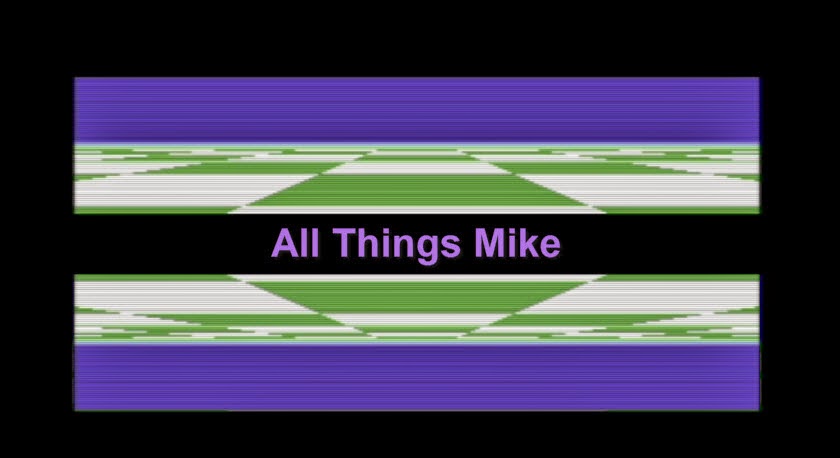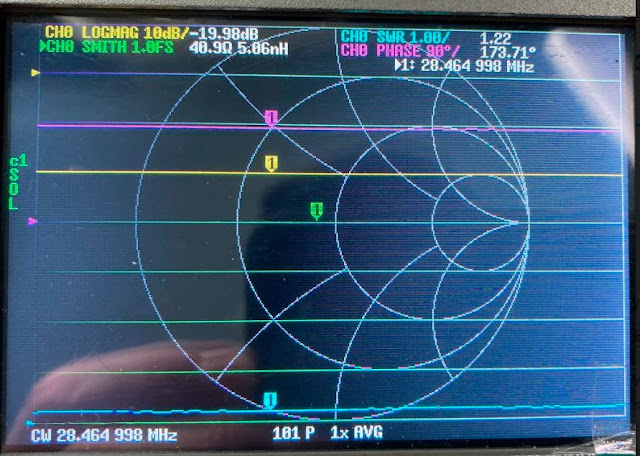I know its been a while since my last post and life often gets in the way but my antenna building efforts have been rekindled and the next few posts will probably be about those efforts.
So when we last left off, I was attempting to use a 1:1 balun on a receiving antenna to hear signals from Jupiter. Due to poor design, poor construction, and a crabby neighbor, I ended up dismantling everything.
Since then, I've found out that my crabby neighbor, whom I had assumed was just a grade A ass was really sufferings from a mental breakdown. Its weird how being an ass and having a mental issue look so closely alike. I suppose I should try to approach things with more empathy. Suffice to say, I don't think I will have issues with him hindering my antenna building efforts in the future and if I do I will slap a healthy dose of PRB-1 on him.
So, every Tuesday night a bunch of operators from the local radio club have a net on 10m. This is basically an organized forum to communicate at a frequency of around 28.465Mhz. Ever since I joined the club I had wanted to participate in this net. I have been a licensed radio operator for more than 20 years but I rarely if ever transmitted on any band other than VHF/UHF. So I figured this would be a good opportunity to get my feet wet. The net is all local, so power and the antenna should not be too critical. The participants are mostly club members so they can guide me if I make mistakes, and the frequency is high enough so I can cobble together a simple antenna that is modest in size. Remember wavelength is inversely proportional to frequency.
For a design, I figured I would start with something I was familiar with and simple to construct. A dipole came to mind. I already had two 20ft telescoping poles from my Jupiter antenna to get wire off the ground, and I am already familiar with constructing dipoles. To keep the size and scope down I opted to construct an inverted V antenna. This way I only have to use one telescoping pole and the whole antenna takes up less real-estate. I am not particular about directivity and in fact prefer an omni-directional pattern so an inverted V seemed like the best option.
I had some old 10 gauge house wiring that I used for the elements. I simply used the formula Total Foot Length = 468/ Frequency in MHz. I, of course halved this to get each dipole leg length. Any errors I figure I could just trim off. I ended up with about 98 inches in the end after trimming, but I am getting ahead of myself.
Before the trimming I had decided to resurect the failed 1:1 balun I made. I basically threw out the instruction and just went with my gut feeling and what I could observe.
I basically just took two lengths of wire and twisted them together using a drill. I then coated this with shrink tubing and looped it around the toroid about 12 times. This should be effective as a 1:1 current balun or common mode choke.
 |
| Common Mode Choke under test |
 |
| Range of 3-30Mhz |
The SWR (blue line) starts to creep upward as frequency increases, but it was something I could live with for now,
In the end the frequency of interest 28.456Mhz came in at an SWR of 1.22:1. This was good enough for me.
I was now able to get onto the net. Not only was the antenna effective for this but during the day I am able to reach South America easily. The antenna really did prove to be a good performer. I was also able to make attachable legs to tune the antenna to both 15 and 20m bands. However in the end it was way too much maintenance so I opted to just leave it tuned for 10m.
This was a good project for flexing my antenna building muscles.








